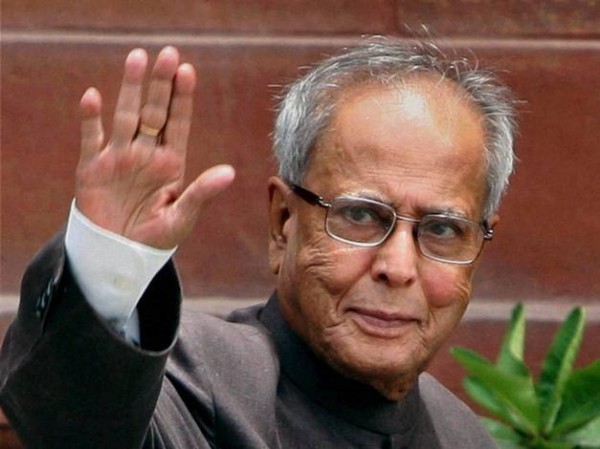
NEW DELHI: When President Pranab Mukherjee travels to China next week, he will engage the Chinese leadership on India’s membership of the Nuclear Suppliers Group (NSG). In fact, sources said India would be stepping up its conversations with China on the issue as the NSG plenary, scheduled for June, draws near.
Prime minister Narendra Modi will make a big push at the highest levels to get the US to make good on its commitment to get India into the NSG. This is actually the last few weeks when the Obama administration can be effective.
After August, it officially becomes a lame duck and big diplomatic initiatives will become difficult. The new US president, officials here reckon, won’t have time to get into these issues any time before end 2017.
With the US once again openly endorsing the Indian membership to the NSG last week, India has begun preparations for the plenary, scheduled to be held in Korea in June. India has been preparing for its accession for years now. Since its NSG waiver in 2008, India has engaged many members of the NSG to give them all a closer look into India’s nuclear system, its non-proliferation practices etc.
From 2010, India expressed its desire to get into all four non-proliferation regimes — NSG, Missile Technology Control Regime, Australia Group and Wassenaar Arrangement — all at once. India then believed the international community would allow India into the easier groups like Australia Group, but make it difficult to join MTCR and NSG.
After 2014, India changed tack and disaggregated the demand, plunging into canvassing for membership into two of them: NSG and MTCR. More recently, India made a formal application to join NSG — this too was a change of plan. Earlier, India said it would make a formal application once the “atmosphere was right”.
Now, India is a little more adventurous and a little less afraid of losing, but not for lack of trying. India made a determined pitch for the MTCR membership which fell through for an unrelated reason — Italy’s objection on the marines issue. But Italy may be softening — sources said the EU-India summit was a sign. The next MTCR plenary in October 2016 will see another similar effort by India.
In recent months, India has given voluminous documentation about its nuclear programme to all NSG members, before the coming June plenary. Foreign secretary S Jaishankar has travelled to Korea to engage them about India’s membership bid.
Mukherjee understands better than most the intricacies of India’s bid to join the four non-proliferation regimes since he was foreign minister in the years when India was negotiating its nuclear deal. During his recent trip to New Zealand, Mukherjee made a similar pitch to a country that has been one of the biggest sceptics to India’s application. In a coordinated move, PM Narendra Modi engaged the New Zealand PM John Key in Washington on the sidelines of the Nuclear Security Summit.
China’s opposition to India’s bid has taken on a new face after it became clear it would be difficult to push a Pakistani membership alongside India’s. Having pushed a criteria-based benchmark for membership, Beijing recently raised the NPT as a barrier — this would keep both Pakistan and India out if Beijing was successful.
“All the multilateral non-proliferation export control regimes including the NSG has regarded NPT as an important standard for the expansion of the NSG,” a Chinese foreign ministry spokesperson said. “Apart from India, lot of other countries expressed their willingness to join. Then it raised the question to the international community … Shall the non-NPT members also become part of the NSG?” he said.
India’s argument is all members of the NPT are not or cannot be members of the NSG, hence this connection is untenable.